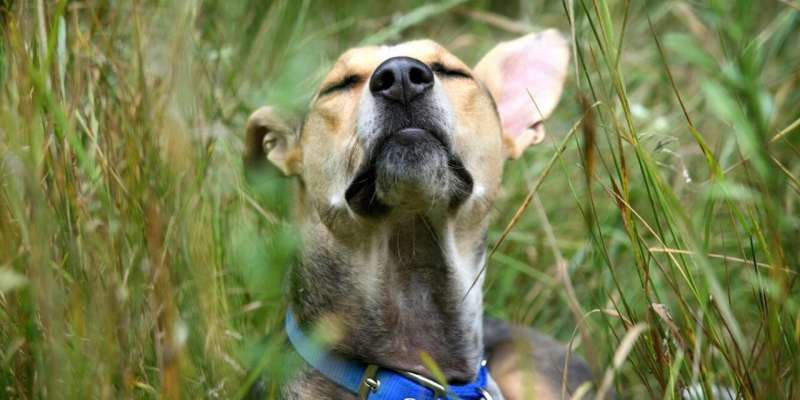Dogs experience the world through scent, often more vividly than humans do. A recent study published in Applied Animal Behaviour Science by researcher Jade Fountain emphasizes the importance of scent enrichment for dogs, revealing that engaging their sense of smell can significantly enhance their well-being. This enhanced engagement not only reduces stress but also fosters relaxed behaviors, making it vital for dog owners to incorporate scent-based activities into their pets’ routines.
To enrich your dog’s life, consider these six activities that cater to their natural instincts. These options are simple, low-cost, and can be adapted for dogs of all ages and breeds.
1. Scent Work Classes
Scent work has gained popularity, allowing dogs to learn how to find specific scents and signal their locations. This type of training has been shown to promote optimism and focus in dogs, often surpassing the benefits of agility training. Dogs trained in scent work contribute to important projects, such as detecting invasive species and assisting in lung cancer research. Additionally, you can teach your dog to locate everyday items, like your phone or keys.
2. Sniff-Based Walks
Known as “sniffaris,” these walks encourage dogs to explore their environment at their own pace, focusing on smells instead of social interactions. Providing a suitable setting, such as a rented “sniff space,” allows dogs to engage with their surroundings without distractions. This simple practice can be easily integrated into daily routines and offers dogs a satisfying way to experience the world.
3. Creating a Scent-Enriched Environment
Enhancing your dog’s home with various scents can stimulate their curiosity and promote relaxation. Introducing scents from animals, such as straw bedding or safely contained feathers, can encourage exploration. Additionally, using plant-based scents like diluted lavender oil or vanilla can create a calming atmosphere, leading to more restful behavior.
4. Establishing Sensory Gardens
Sensory gardens are outdoor spaces filled with pet-friendly herbs and plants, such as rosemary and catnip. These gardens not only provide sensory stimulation but also offer a safe space for dogs to explore. Before planting, consult your veterinarian to ensure the selected plants are appropriate for your dog’s health.
5. Scatter Search Feeding
Turn mealtime into a treasure hunt by scattering food across your yard or home. This activity encourages dogs to use their noses to find hidden treats, enhancing their cognitive skills. Initially, you may need to guide your dog by pointing out the treats until they become proficient at the search.
6. Engaging Scent Games
Indoor scent activities can be just as enriching as outdoor experiences. Utilizing materials like snuffle mats or creating cardboard box mazes filled with treats can provide hours of mental stimulation. These games not only keep dogs entertained but also strengthen the bond between the dog and their owner.
Incorporating these scent-based activities into your dog’s daily life can significantly enrich their experiences and promote overall well-being. Whether you are a professional trainer or a casual dog owner, these strategies offer a rewarding way to engage your pet’s natural instincts.
This article is based on research published in Applied Animal Behaviour Science and has been reviewed for accuracy and credibility.







